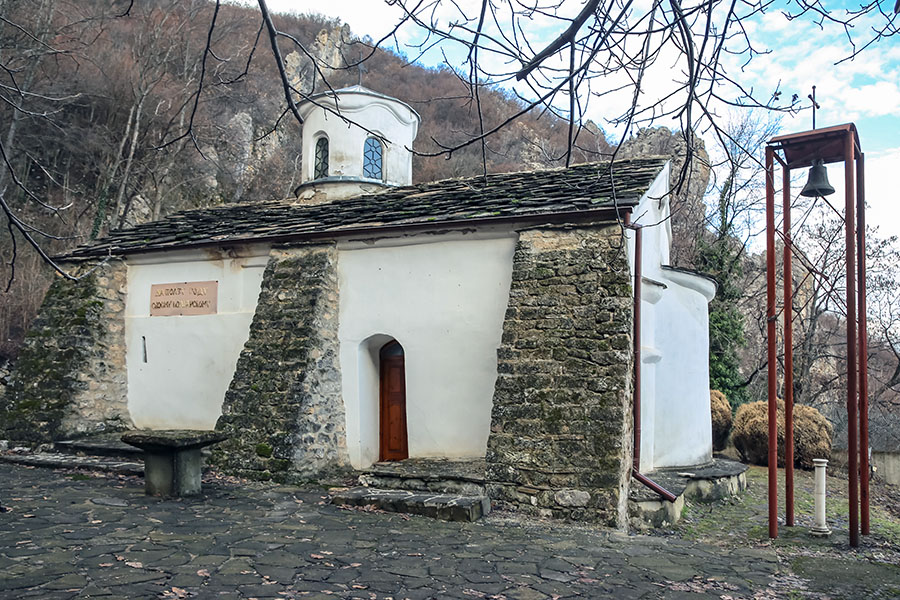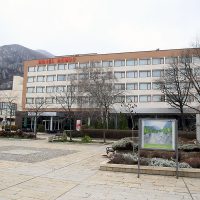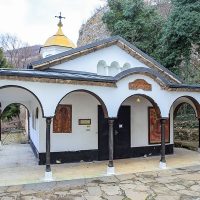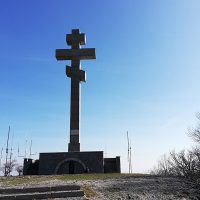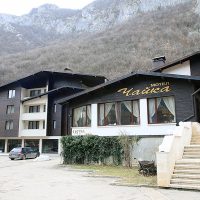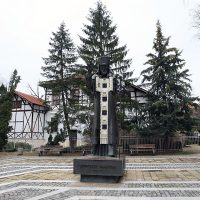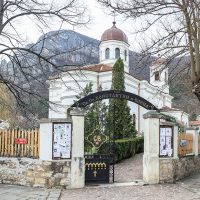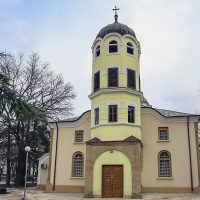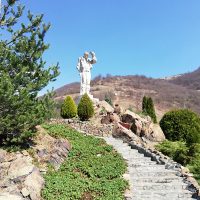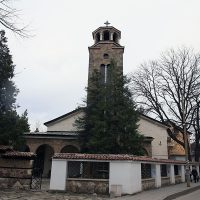








Located not far from the road that connects Vratsa with Montana, the monastery is part of the spiritual centers on Mount Vico, at the foot of the Balkan mountains. Built around an ancient Thracian sanctuary, erected several millennia before Christ, the monastery was the spiritual center of the medieval fortress Kasina. It was destroyed several times by the Turks, being restored as today between 1894-1928. There was a school here to educate the poor children in the area. Over time, it bore many names: Kasinets Monastery, St. John the Theologian, St. John of Rila, Pustii. In 2008, the monastery was renovated again. The church is a basilica with a nave, with the dome covered with split plates and six buttresses to the north and south. Around the monastery there are caves where monks lived. In one of them lived St. John of Rila, the heavenly protector of Bulgaria and Europe, and the walls of this cave there are still paintings. The icons and iconostasis were made by Todor Manyov, from the Treyava School. In the mural painting there are three distinct layers: from the eleventh century, from the sixteenth century and from the nineteenth century. In the 17th century, the craftsmen Nikola, Pala and Kostadin from Chiprovtsi, representatives of the famous Golden Crafts School in Chiprovtsi, came to work here. The golden cross is kept, with colored stones and with the two lions and the inscription “for the Kasinets Monastery, craftsmen Nikola and Pala from the village of Kiprovtsi […] the bishop of Târnovo, Gavriil, 1612″, but also two gospel covers. This gold workshop has made an important contribution to the development of crafts in the last 200 years. During the Renaissance, the monastery was not only a craft center, but also a great literary and spiritual center.
Download PDF
